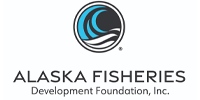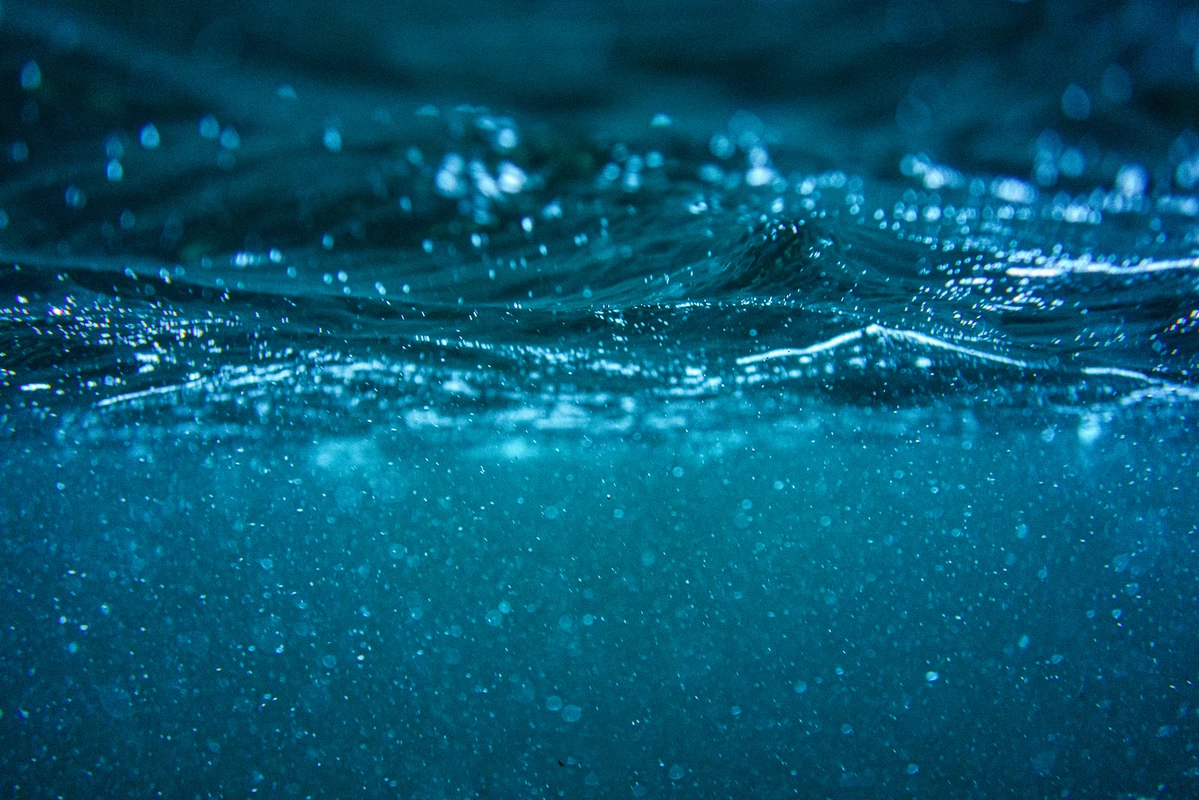Project Overview
Kelp farm anchoring systems are the most important and expensive component of a farmer’s investment. Balancing costs and efficacy for each unique farm site and species cultivated is critical for the sustainable growth of this industry. Growing bull kelp (Nereocystis luetkeana) adds additional hurdles to anchoring designs due to the buoyancy of its characteristic floating pneumatocysts. A lack of information regarding the buoyancy of an entire crop of bull kelp and how this changes during the growing season has made designing appropriate anchoring systems difficult. The objective of this project is to fill this data gap and understand how cultivated bull kelp buoyancy changes during growth at an exposed location in the Prince William Sound (PWS). We propose a straightforward study design to document changes in bull kelp buoyancy over the course of a year. Bull kelp seeded crab pots will be suspended in the water column at 10 m throughout the study. These arrays will be monitored for kelp density and individual morphology (pneumatocyst diameter, stipe length, biomass) and compared to a control array without seed string. Oceanographic conditions including temperature, salinity, and currents will be documented via instrumentation (CTD, temperature loggers, ADCP). Additional measurements of individual bull kelp plants grown on NVE’s established MacroAlgal Cultivation Rig (MACR) will be sacrificed monthly to determine buoyancy of each. The results from this study will fill a critical data gap required by engineers to design cost-effective anchoring systems that can maintain this floating kelp throughout its life cycle.
Interim Report
Our lack of understanding of how bull kelp buoyancy changes during the growing season poses a significant challenge in designing cost-effective anchoring systems that can reliably support the cultivation of this kelp throughout its life cycle. To address this critical knowledge gap, we installed five kelp pots (1 m x 1 m crab pots) suspended in the water column (Fig. 1-3) and an acoustic doppler current profiler (ADCP) near our research farm in Sheep Bay, Prince William Sound. These kelp pots were seeded with 10 meters of bull kelp seed string in December 2023.
Since then, we have conducted monthly to semi-monthly checks, monitoring bull kelp density, whole kelp pot buoyancy (weight in the water), and individual bull kelp morphometrics. Prior to April, individuals were not large enough to make meaningful measurements (Fig. 4; > 4 mm [3/16”]). Between April and June, bull kelp density decreased (104.3 to 40.2 individuals m-1) on the kelp pots. Overall, kelp grew an average of 31 mm (1 ¼”) between April (Fig. 5; 21.0 mm [7/8”]) and June (51.7 mm [2 1/16”]) based on measurements from the top of the bulb to the bottom of the stipe. We observed biofouling (encrusting bryozoans) in June. Due to the small size of the bull kelp, buoyancy measurements have not shown significant changes yet.
Despite our thorough planning and execution, we have encountered a few challenges, opportunities for improvement, and have learned quite a bit about bull kelp rearing. The most significant hurtle has been the slow growth of our bull kelp, mirroring a similar poor performance in our sugar kelp this year possibly due to nutrient limitations in the water column. This has impeded our ability to measure buoyancy on individual kelp, as they have not grown to a sufficient size yet. However, this gives us important environmental information regarding the growing conditions required for successful bull kelp cultivation. The ADCP data has not been analyzed yet but will be at the end of the study period when the instrument is removed from the water. We expect these data will help to understand the currents and wave action affecting the kelp during this slow growth period. Additionally, we faced unexpected technical difficulties with the corrosion of poor-quality stainless-steel wire mesh. But, this has not impacted the experiment. The ¾” plastic tape as seen in Fig. 3 has held up well. This structure does not need the wire mesh that was the source of corrosion.
Looking ahead, we remain committed to our project goals. We will continue to measure and monitor the progress of our kelp growth. If possible, we would like to extend our grant cycle to attempt a second season of growing bull kelp, given the poor growing conditions experienced this year for both bull kelp and sugar kelp.
Additional Information
With the challenges related to the slow growth of our bull kelp, we are still optimistic that we can complete the scope of our project by the planned end date. If an extension to the project is allowed, this will provide valuable data regarding bull kelp growth in the Prince William Sound in addition to understanding how the buoyancy of this crop changes over time. Much of the expenses, including data analysis and removal of the arrays, are scheduled for the end of the grant cycle. We anticipate using all the awarded funds during the backend of the project. Additionally, we will have access to environmental data including water quality, nutrient quantity, sunlight exposure, etc. from the Mariculture Reconn project, which could help us understand our findings and provide further insights into the growth and buoyancy changes of bull kelp.





